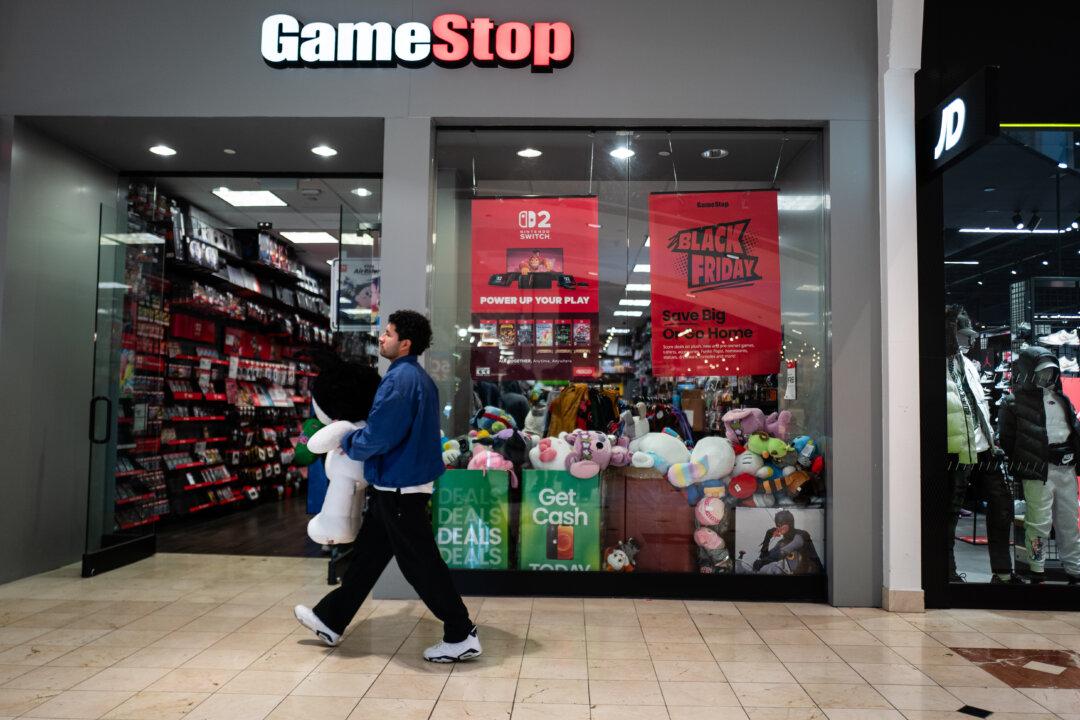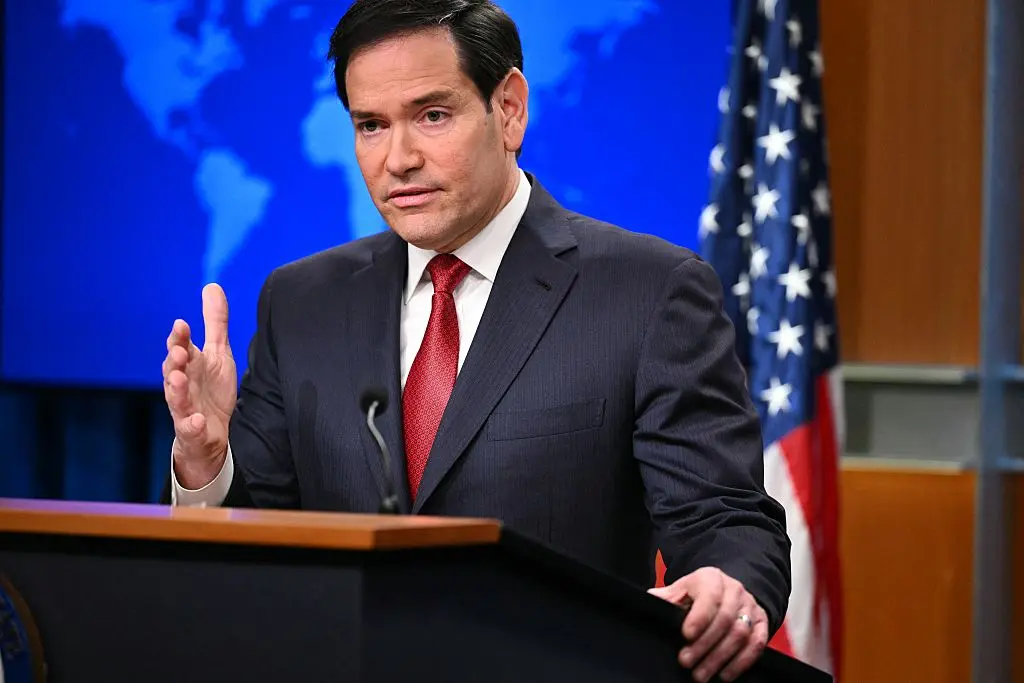U.S. consumer confidence rose in October after three consecutive months of declines, as a spike in concerns about inflation was outweighed by upbeat sentiment in financial and jobs prospects.
The Conference Board said in an Oct. 26 report that its headline consumer confidence index rose to a reading of 113.8 in October, up from 109.8 in the prior month.





